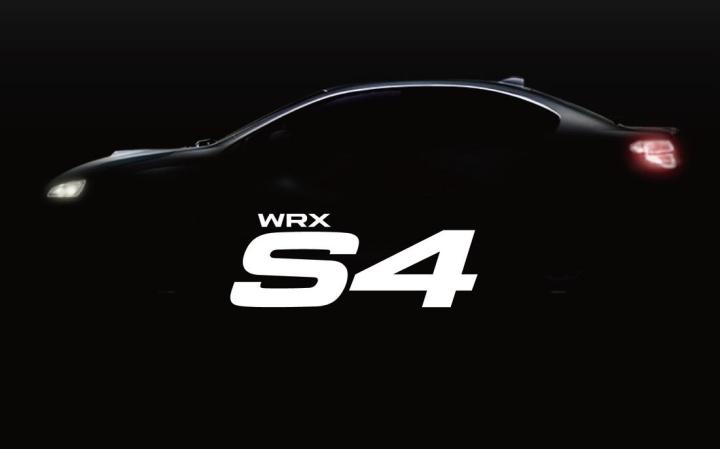
The WRX S4 is a new model that will launch August 25, but only in Japan. It’s the latest in a long line of factory-tweaked WRX models for the car’s home market.
Subaru was light on details, but expect the S4 to feature tuned versions of everything that makes the current WRX great. The silhouetted car in the company’s teaser image lacks the STI model’s big rear spoiler, so it’s possible this model will be based on the “entry level” WRX.
The name S4 stands for the car’s four main attributes, Subaru says. Those are “sports performance,” “safety performance,” “smart driving,” and “sophisticated feel.”
Don’t expect the S4 to be a stripped-down track car, though.
It will include the latest version of Subaru’s EyeSight safety system, which uses forward-looking cameras to warn drivers of an impending collision, and apply the brakes at low speeds.
EyeSight’s inclusion on the option list indicates that the S4 will be more of a road car than a racer. That also makes sense given that safety and sophistication are two of its four pillars. Maybe the name is really a jab at Audi and its S4.
More information on the Subaru WRX S4 will become available closer to the car’s August 25 unveiling. Check back here for continual updates.


